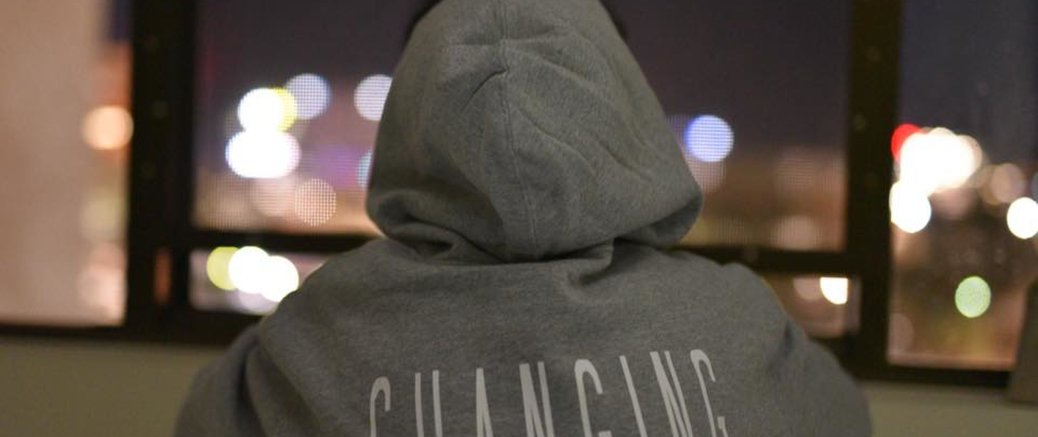The other day, while having lunch with friends, I got into a side conversation with a buddy who talked about a trip he and his wife want to take to another city. Many people feel it unsafe to travel. They feel that they are exposing themselves to undue risk. Talking of my travel plans, I said to him that safety is a state of mind.
Based on that little snippet of conversation, he wrote a blog post which you can find here. I mentioned it, because I’m flattered..
“Just” a State of Mind
It’s important to realize that safety is a state of mind because without that understanding, actions and reactions are merely programmed and robotic. The fear/safety default setting gets programmed early in our childhood. Stressful situations bring out that default reaction.
And don’t minimize this emotional response! The feeling of fear or safety is one of the main emotional drivers pushing people to act in the world. Better than an instinctual reaction, however, is to go deeper and get a better understanding of what is driving us. Upon realizing that fear and safety are just the state of mind, the opportunity to choose appears.
Finding the Mindset
Safety and fear are about how we feel about others or the surrounding situation. It’s all about the YOU in Me vs You.
Imagining a line from 1 to 100, we can think of feelings of safety and fear as two extremes on the continuum. Seen this way, we can quickly realize that there are many stops along the continuum, and a place in the middle where we feel neutral.
At 1 on the line, we feel safe. This feeling can lead to passivity, as we don’t sense the need to act. My default setting is somewhere in this range. I don’t always notice how risky the situation is until others bring it to my attention.
On the opposite extreme, at 100 on the line, we feel unsafe all the time. This feeling can lead to aggressive reactions, either in trying to take control or falling into a depressive funk.
In many ways, we are taught to analyze risk. Because people associate risk with unpleasant things, their fear drives much of this analysis. Fewer people analyze the source of their sense of safety. This leads to a perception that fear is more rational or that a sense of safety is naïve or irrational. They can both be a thoughtless response.
Controlling the Mindset
While mindfulness meditation has been offered as a “scientifically proven source of relaxation“, for hundreds of years it’s been a way to become mindful of our programmed minds. By recognizing these programmed responses, we can be more thoughtful our responses to the YOUs around us.
Project managers and others deal with risk every day. Analyzing and evaluating risk is important in choosing the correct reaction.
Any time risk is being discussed, people with either a default setting of safety or a default setting of fear react in their programmed ways. Some see risks only as things that will hurt the group. They will reliably offer a catastrophic view of the possibilities. Others, respond from their safety program. They reliably offer up the opportunities, or are passive about the risks the group faces.
A more constructive approach gets beyond programming. Analyze the risk in terms of probability and impact is one tool to go beyond programming. This risk assessment tool comprises two questions:
- On a scale of 1 to 5, how likely is this to happen?
- On a scale of 1 to 5, how much impact would this have if it happened?
Though a simple exercise, it is especially powerful when the group agrees on the two scales. A dramatic and positive impact on the response often results. The reason for this, is that each individual can get past their default safety programming to view the situation more objectively. It exposes the safety state of mind and puts it under rational control.
Beyond the Mindset
Since we spend time with people like us or become like the surrounding people, reacting differently under stress is one of the hardest (and most profitable) things to do. Which is why Rudyard Kipling started his poem “If” with these lines…
If you can keep your head when all about you
Are losing theirs and blaming it on you,
Photo by kylie De Guia on Unsplash.
